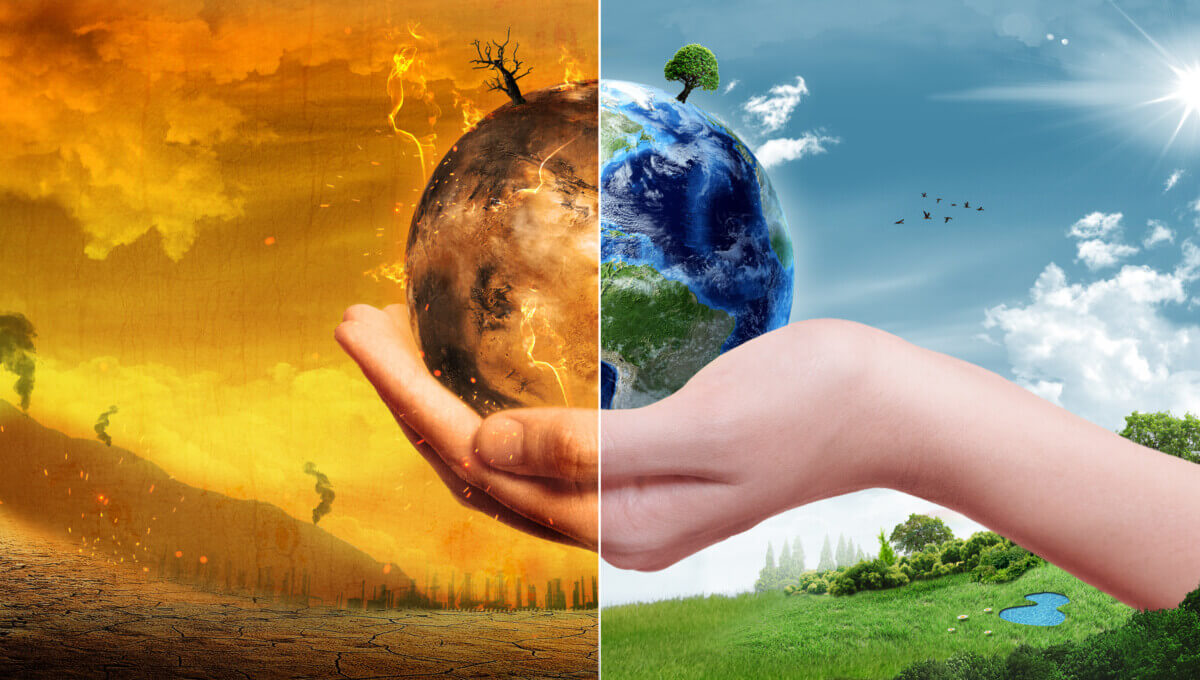In a revolutionary research published in the journal Frontiers in Science, researchers claimed that conserving an additional 1.2% of the world’s land may avoid the vast majority of anticipated plant and animal extinctions. This project, anticipated to cost around $263 billion, attempts to address the critical need for conservation in the face of growing risks from climate change, harmful emissions, and habitat destruction. The suggestion comes as the world works to reach a major conservation goal: conserve 30% of the planet’s land and waters by 2030.
Importance of Conservation:
Biodiversity depletion is one of today’s most urgent environmental challenges. The rapid reduction of species of plants and animals jeopardizes ecological balance and resilience, both of which are critical for human life. Climate change, deforestation, pollution, and urban growth are among the key causes of this catastrophe, resulting in habitat destruction and loss. The Intergovernmental Science and Policy Platform on Biodiversity and Ecosystem Services, or IPBES, estimates that if considerable conservation efforts are not adopted, around one million species will become extinct within decades.
Regarding the biodiversity issue, the entire world has embraced the 30-by-30 commitment, which aims to safeguard 30% of the planet’s land and waters by 2030. This lofty aim is an aspect of the Convention on Biological Diversity’s (CBD) post-2020 worldwide biodiversity strategy. The upcoming UN meeting in Colombia will allow world policymakers to debate comprehensive plans and methods for achieving this goal.
Significant Conservation Areas:
The study published in Frontiers in Science sought to identify the most valuable conservation areas to optimize the influence of the 30-by-30 effort. By examining worldwide biodiversity data, the investigators identified 16,825 places where rare and threatened species live. Protecting these places, which total 1.6 million sq km (633,000 sq miles), is critical to preventing extinctions and conserving ecological processes.
Tropical forests, the world’s most biodiverse ecosystems, are home to almost three-quarters of these highly valuable sites. Countries like the Philippines, Brazil, and Indonesia are especially wealthy in these crucial areas. Notably, Russia ranked as the country with the most high-value region found, comprising 138,436 square kilometers, about equivalent to Greece. Several African countries are also prominently included in the report, with Madagascar holding the fourth-highest number of areas overall and the DR of Congo having the continent’s largest protected area.
Economic Considerations:
The projected cost of $263 billion is mostly for acquiring land, which is the most major cost in constructing protected areas. This amount is based on present land values and incorporates several private properties that will need to be purchased in the next five years. The analysis did not take into account the continuous costs of monitoring and enforcing these funds, which could increase the budgetary requirements.
Despite the high initial expense, conservation investments are defended by the long-term advantages of biodiversity preservation. Healthy ecosystems provide important services including clean water and air, soil fertility, crop pollination, and climate management. These services are essential for human health and economic stability. Furthermore, the cost of delay could be even higher, as biodiversity loss causes ecosystem collapse, less resistance to climate change, and higher susceptibility to natural disasters.
Concentrate on Specific Regions:
Tropical Forests:
Tropical forests are one of the most biodiverse ecosystems on the planet, supporting a wide range of plant and animal species. These forests are located in places like the Amazon Region, the Congo Reservoir, and Southeast Asia. Conserving tropical forests is crucial for protecting biodiversity and reducing climate change because they serve as substantial carbon sinks.
Amazon Rainforest:
The Amazon rainforest, also known as the “lungs of the Earth,” is critical for controlling global climate and sustaining biodiversity. However, it is under significant threat from forest destruction, illegal logging, and converting land for agriculture. Protecting crucial parts of the Amazon is critical to maintaining its ecological balance and averting species extinction.
Congo Basin:
The Congo Basin is another important area for biodiversity conservation. It is the world’s second-largest tropical rainforest, home to many endangered species like forest elephants, gorillas, and okapis. Conservation activities in the Congo Basin need to tackle issues like habitat degradation, hunting, and political instability
Islands and Coastal Regions:
Islands and coastal areas are frequently biodiversity hotspots, home to several endemic species that cannot be found elsewhere. These places are also particularly sensitive to climate change effects such as rising sea levels, severe thunderstorms, and acidifying the oceans. Preserving island and coastal environments is crucial for keeping unique species and ensuring the habitats’ resilience.
Philippines:
The Philippines ranks as one of the world’s most biodiverse countries, with a large number of indigenous species. However, it has become one of the most vulnerable, with growing habitat loss and destruction. Conservation activities in the Philippines are centered on safeguarding vital habitats, recovering damaged ecosystems, and educating local communities about sustainable management techniques.
Issues and Future Perspectives:
One of the most difficult issues in attaining conservation objectives is reconciling the demand for economic growth with the requirement to maintain biodiversity. In many areas, land that is important for protection is also useful for agricultural, mining, or urban expansion. Finding strategies to mix preservation with environmentally friendly growth is critical for long-term success.
Innovative financial options are required to boost conservation efforts and provide long-term funding. This includes strategies like conservation trust funds, compensation for ecological services, and biodiversity subsidies. Public-private collaborations and societal responsibility programs can also help to mobilize money for conservation.
Conservation is an evolving industry that necessitates adaptable management solutions to address changing conditions and rising difficulties. This requires constantly revising conservation plans, integrating new scientific information, and gaining knowledge from both triumphs and mistakes. Adaptive management promotes adaptability and durability in conservation initiatives.
Conclusion:
The study’s findings highlight the critical need for deliberate and coordinated conservation initiatives to prevent extinctions and protect global biodiversity. As the world approaches the 30-by-30 objective, identifying and safeguarding high-value regions is critical to maximizing the benefit of conservation efforts. While the financial commitment is large, the long-term advantages of biodiversity conservation surpass the expenses.

